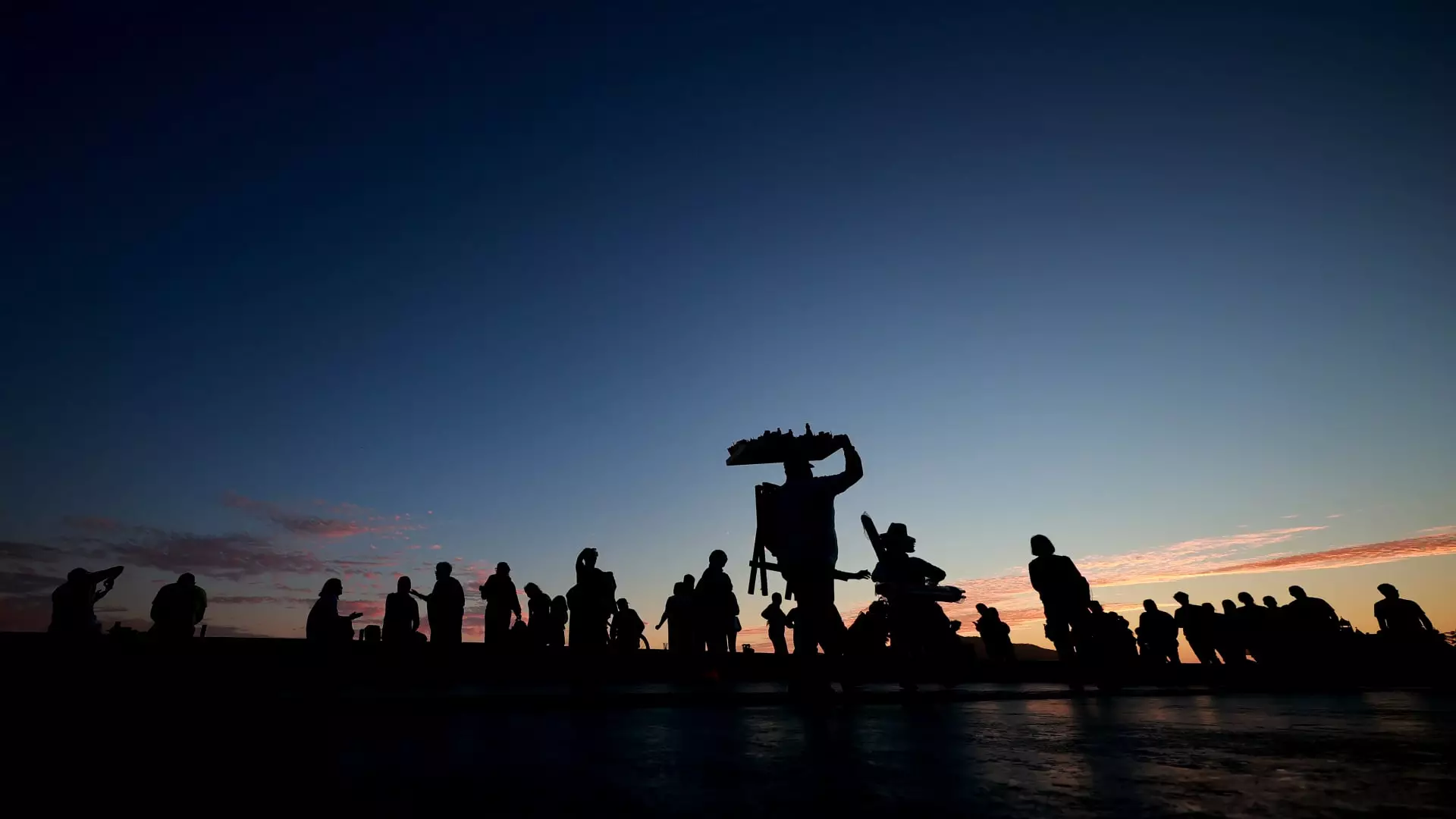On Monday, the solar eclipse caused a frenzy at some of the country’s smaller airports, with the Federal Aviation Administration reporting that flights arriving at airports from Burlington, Vermont, to southern Illinois were briefly halted. This disruption is a common occurrence in big-city hubs due to bad weather and heavy traffic. However, the high demand for prime views of the eclipse led to jammed smaller airports on this particular day.
Unprecedented Traffic and Parking Challenges
Many airports found themselves overwhelmed with the influx of aircraft flocking to the area for the eclipse. Southern Illinois Airport in Murphysboro, Illinois, had to close the runway to park planes as it reached its maximum threshold for small propeller aircraft and larger jets. Similarly, Burlington International Airport in Vermont was expecting between 100 and 130 general aviation planes, which is significantly higher than their usual traffic.
The eclipse was anticipated to be a major event, as it was highlighted during the FAA’s morning planning call at its command center. Airlines like Delta and United seized the opportunity by offering special eclipse flights for passengers to view the phenomenon from the sky. United Airlines saw a spike in bookings to cities near the eclipse’s path, demonstrating the widespread interest in this celestial event.
The surge of tourists traveling to witness the eclipse is expected to benefit local businesses, including hotels, house rentals, and other establishments. The economic impact of such events extends beyond the aviation industry, providing a boost to various sectors in the regions where the eclipse is visible.
Overall, the solar eclipse highlighted the significance of strategic planning and coordination among airports and airlines to manage the unexpected surge in traffic. While it may have caused disruptions and parking challenges, the event also showcased the allure of celestial phenomena and the excitement they generate among the public.

